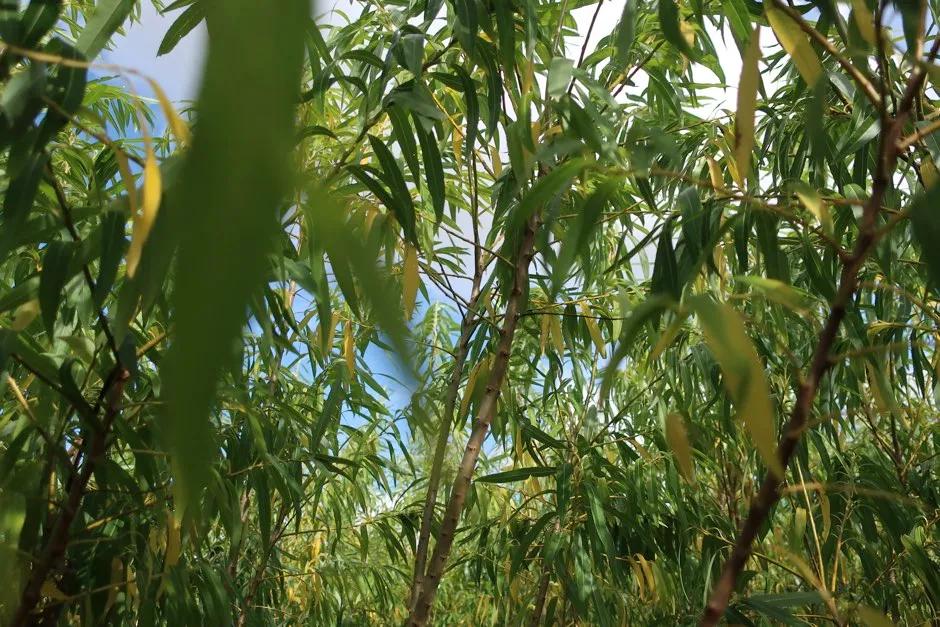A potential drug that can kill cancer cells has been discovered in willow trees, sparking hopes of new treatment for childhood cancers.
It comes more than a century after aspirin was discovered in the same plant, with scientists hailing “a goldmine of exciting new chemistry”.
Scientists led from Rothamsted Research, working with cancer biologists at the University of Kent have discovered the chemical, miyabeacin, which has been found to kill various cancer cells, including those resistant to other drugs.
They are particularly excited about the chemical’s success against neuroblastoma, a hard to treat and common childhood cancer where the overall survival rate is below 50 per cent.
Read more about cancer treatment:
- Gene linked to Wilms’ tumour gives hope to children with rare kidney cancer
- Leg transplanted onto rat using trick inspired by cancer cells
- Tumours in Tasmanian devils could reveal new immunotherapy cancer treatments
Rothamsted’s Professor Mike Beale, a co-leader of the study, said: “With resistance to treatment being a significant issue in cancers such as neuroblastoma, new drugs with novel modes of action are required and miyabeacin perhaps offers a new opportunity in this respect.
“Structurally, it contains two salicin groups that give it a potential ‘double dose’ of anti-inflammatory and anti-blood clotting ability that we associate with aspirin.
“However, our results reporting the activity of miyabeacin against a number of cancer cell lines, including cell lines with acquired drug resistance, adds further evidence for the multi-faceted pharmacology of willow.”

After brain cancers, neuroblastoma is the most frequent solid tumour seen in children under five years old.
Prof Beale says the next steps are to scale up production of miyabeacin from farmed willow and provide more material for further medical testing.
The use of willow bark in medicine was recorded by ancient Greek, Assyrian and Egyptian civilisations, but the first scientifically reported investigation of willow as a remedy for fever was in 1763.
In 1897 the Bayer Company produced the synthetic analogue, aspirin (acetylsalicylate), one of the earliest and most successful nature-inspired drugs.
Read more about the history of medicine:
- Epidemiology: the history of disease and epidemics (Part I, pre-20th Century)
- Dragon breath, vomiting slugs and pigeon remedies: 8 bizarre medical stories from history
- Joseph Lister and the grim reality of Victorian surgery
Rothamsted Research is home to the UK’s National Willow Collection and, in conjunction with the Institute’s established expertise in analytical chemistry, Dr Jane Ward, a co-leader of the study, puts the cancer breakthrough down to having 1,500 willow species and hybrids available to screen with state-of-the-art techniques.
“Possibly because of the success of aspirin, medicinal assessment of other salicinoids in willow has been mostly neglected by modern science, and the National Willow Collection has proven to be a gold-mine of exciting new chemistry, that perhaps underlies its position in ancient therapies,” she said.
Reader Q&A: Can plants get cancer?
Asked by: Yasmin Caine, Cheshire
Yes. Crown galls are a kind of plant cancer, caused by the bacterium Agrobacterium tumefaciens (pictured). This causes uncontrolled growth of plant cells around the infection, just like a tumour. Other tumours can be triggered by fungi or physical damage.
But plant cells are anchored in place by the cell walls, so plant cancers never spread far or metastasise to other tissues.
Read more:

